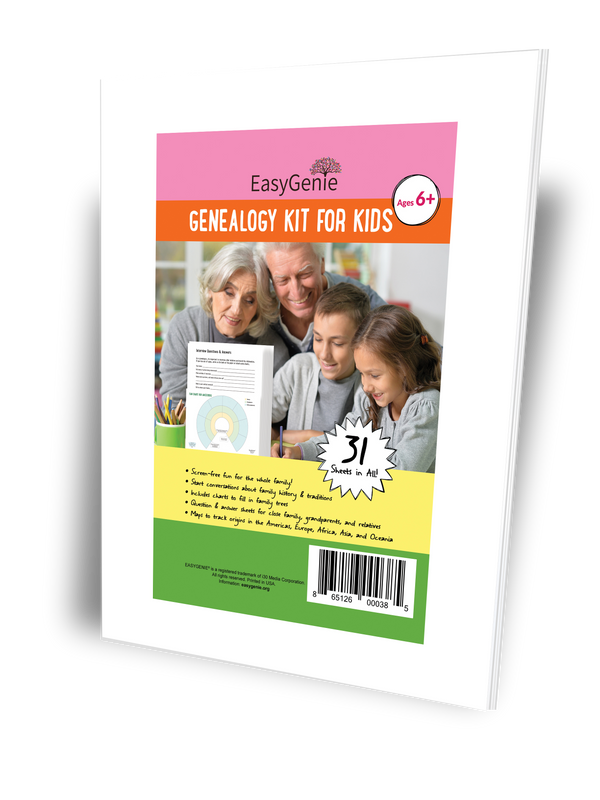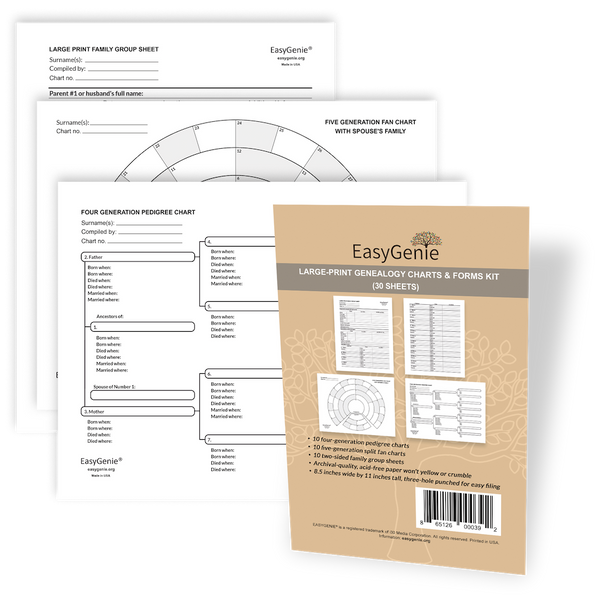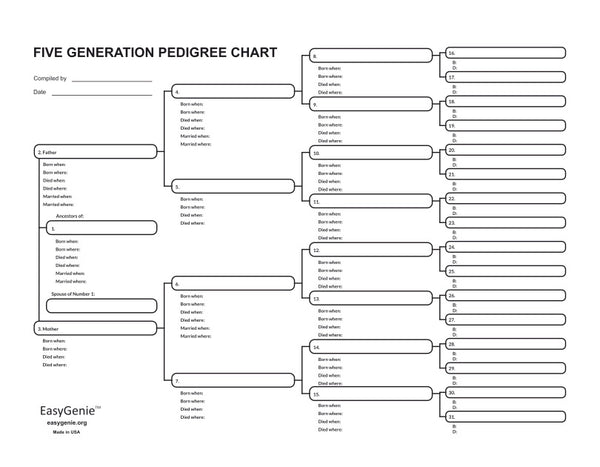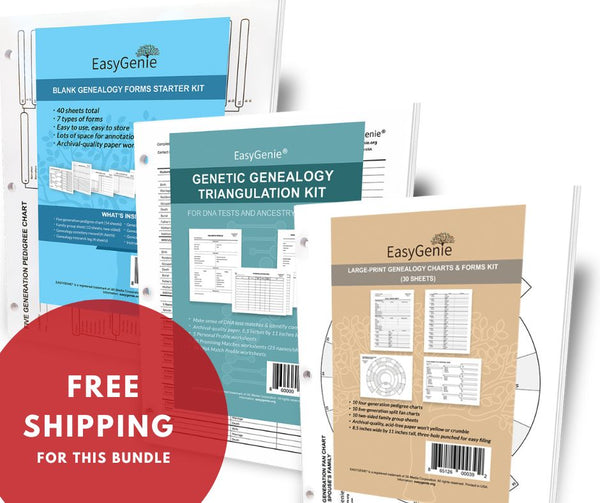
What are DNA, chromosomes, and genes?
Ian LamontDNA is like a recipe book for you. Inside every cell in your body is a copy of this recipe book that contains instructions for everything from eye color to how your body processes food.
What does the recipe book look like? The instructions are coded in long, twisting strings of deoxyribonucleic acid (DNA) called chromosomes. Every human has 23 pairs of chromosomes. Under a microscope, chromosomes look like the letter X (except for men, whose 23rd chromosome pair looks like an X along with the letter Y).

Each chromosome contains countless genes (tiny segments of DNA) corresponding to specific traits (like blue eyes) and functions (such as your stomach's ability to secrete acid to help digest food). Chromosomes also contain DNA that are not part of genes, but help regulate DNA and cell activity.
The relationship between DNA and genealogy
When you were conceived, about half of your DNA came from your mother, and half from your father. This explains why you may have inherited your mother’s smile, but your father's eyebrows. The 50-50 split extends to countless other genetic traits and biological characteristics determined by the codes in your biological parents' DNA.
Besides carrying physical traits and other biological functions, DNA segments that you inherited from each of your parents will match to the same locations on your mother's and father's chromosomes. In other words, these large, matching segments of DNA serve as proof that you are biologically related ... and part of the same family tree!
Just as you received half of your DNA from your mother and half from your father, they in turn received half of their DNA from each one of their parents. This means you share approximately 25% of your DNA with each of your four grandparents. The segments of DNA that you share with each grandparent will match on the same chromosome locations.

The shared DNA extends to other biological relatives. For instance, you share (on average) 12.5% of your DNA with a first cousin, and just over 3% with a second cousin. The percentage of shared DNA declines the more distant the relative. For a fifth cousin, the shared DNA segments will be short (an average of just 0.05% of shared DNA) and will be located on fewer chromosomes. Nevertheless, the locations will exactly match, proving the connection on your respective family trees.







